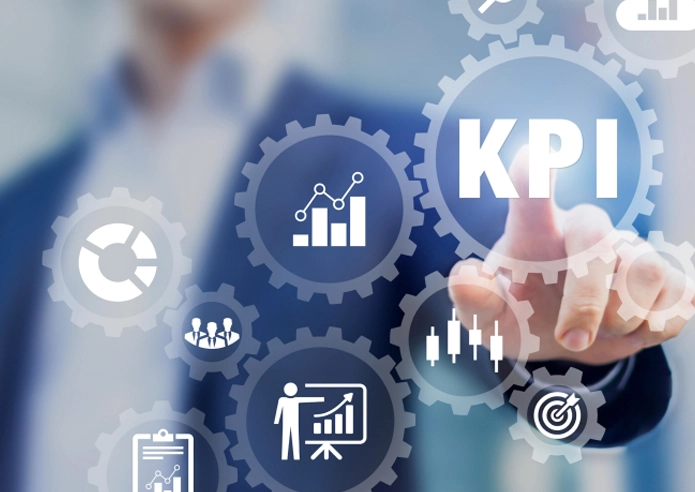
Data storytelling: Another instrument in your toolbox?
Data storytelling is a trendy methodology for communicating information, tailored to a specific audience, with a compelling narrative. Typically, a good data story merges three major […]
Data storytelling is a trendy methodology for communicating information, tailored to a specific audience, with a compelling narrative.
Typically, a good data story merges three major components; data, visuals and narrative. The narrative components which concern the simple language used to describe the data can be seen as giving a voice to the data.
But data storytelling is not a new concept. Companies have seen the success of it, especially when communicating to an audience less experienced and skilled identifying the ‘what’ and ‘why’ of data insights.
These days, business decision makers understand the benefits data insights can bring to their business. After determining the business specific KPIs (key performance indicators), and tackling the elementary elements like ETL, creation of ‘one version of the truth’, security, compliance and cloud management, they will compose dashboards including reports critical for their decision-making process.
Fully data driven decision makers have those data insights implemented in their dashboards which will allow them to compare different scenarios and review answers to the ‘what’, ‘why’ and ‘how’ questions. These decision makers will not benefit from data storytelling. They are on top of their game and have mastered the skill to create their own narrative to critical business decisions. Data insights contribute to better decision-making but cannot completely replace the experience and skills of the business decision maker.
Data storytelling is another instrument in your toolset when communicating to audiences less experienced and skilled. For these audiences, like your customers and employees, it is potentially the last step of your data analysis and arguably the most important aspect. For instance, companies like Uber and Spotify have used data storytelling to communicate annually with its customers. They have turned the annual recap email showing the spending’s, into a story explaining how much value they delivered to their customers.
Conclusion
Data storytelling, i.e. blending data and visuals with human communication to craft an engaging narrative, only adds value when compelling and relevant for your audience.

